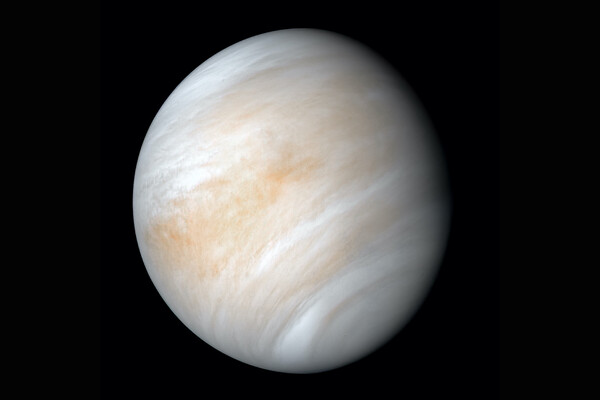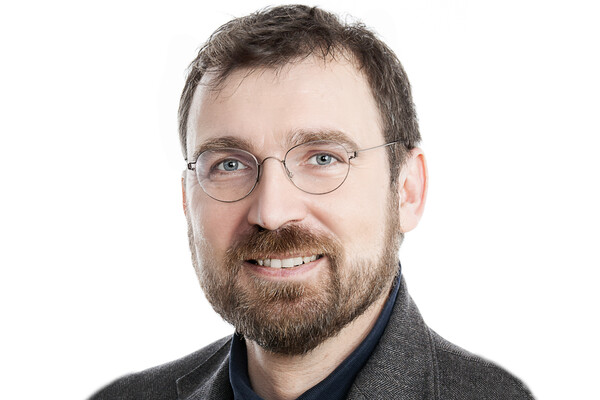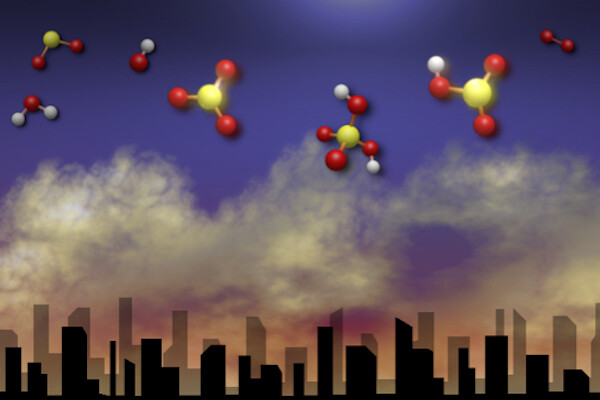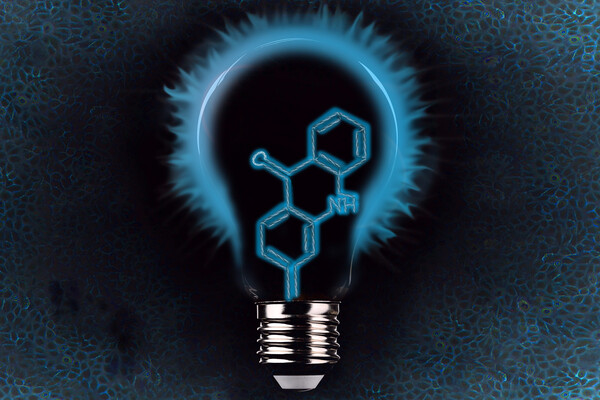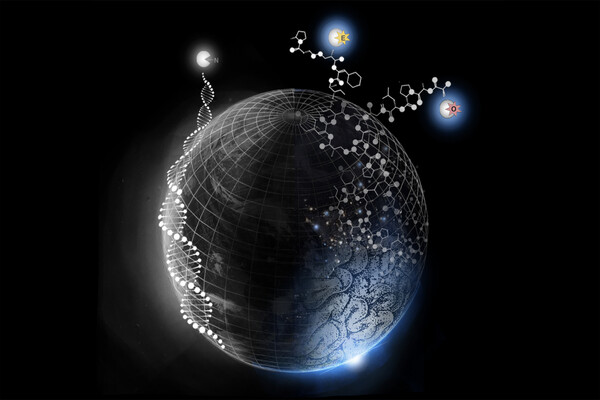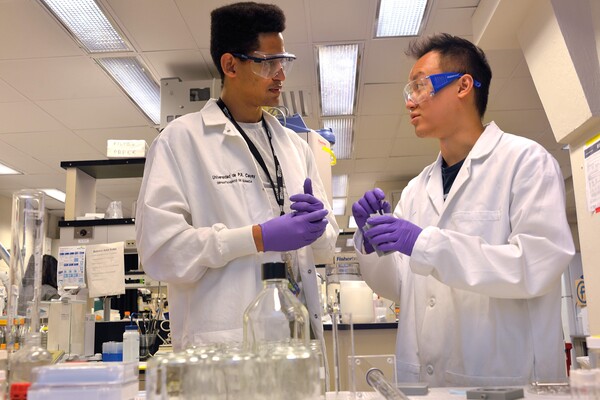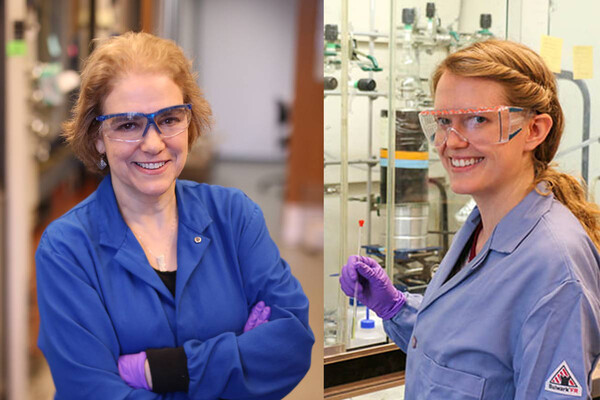4/16
Chemistry
New analysis shows how sulfur clouds can form in Venus’ atmosphere
An international research team, including atmospheric chemists from the School of Arts & Sciences, used computational chemistry methods to identify a novel pathway for how sulfur particles can arise high in the atmosphere of the second planet from the sun.
Marrying models with experiments to build more efficient solar cells
Penn chemist Andrew M. Rappe, in collaboration with former postdoc Arvin Kakekhani and researchers at Princeton University, has gained insight into how the molecular make up of solar cells can affect their properties and make them more efficient.
Dirk Trauner appointed Penn Integrates Knowledge University Professor
Trauner, one of the world’s most innovative interdisciplinary chemists, will have joint appointments in the School of Arts & Sciences and in the Perelman School of Medicine.
Before geoengineering, some fundamental chemistry
Research led by Joseph S. Francisco of the School of Arts & Sciences examines the chemistry of a proposal to curb climate change’s effects—creating a sunshade in the upper atmosphere made of sulfuric acid—and finds that there’s more work to do to successfully pull off such a feat.
Improved fluorescent amino acids for cellular imaging
New research describes how to insert synthetic fluorescent amino acids into proteins in living cells, with implications for the study of neurological diseases.
Versatile ‘chemoproteomic probes’ for activity-based protein profiling
A new study uses organohydrazine probes to map chemical reactivty across the proteome, allowing for a diverse classes of proteins and biological pathways to be studied.
Identifying an elusive molecule key to combustion chemistry
Researchers made the most direct observation of a key intermediate formed during the breakdown of hydrocarbons during combustion and in the atmosphere, results that could help in the future design of fuels that burn more efficiently.
Through the thin-film glass, researchers spot a new liquid phase
A new study on thin films of glass shows how they can be fabricated to be denser and more stable, providing a framework for new applications and devices through better design.
New grant aims to broaden participation in cutting-edge materials research
As one of eight teams to be awarded National Science Foundation funding, a partnership between Penn and the University of Puerto Rico will continue its long-running collaboration focused on innovative research and STEM career pathway support.
The alternative fuel life of everyday items
Researchers in the Goldberg Group, including Karen Goldberg, Vagelos Professor in Energy Research, and Drew Newman, doctoral candidate in chemistry, focus on alternative fuel sources for items that are part of everyday life.
In the News
Scientists propose ‘missing’ law for the evolution of everything in the universe
Stuart Kauffman of the Perelman School of Medicine comments on a study that proposed a missing scientific law identifying “universal concepts of selection” that drive evolution.
FULL STORY →
Meet the unsung scientists behind the Nobel for quantum dots
Christopher Murray’s lab at the School of Arts & Sciences is delving into the next phase of quantum-dot research to make components for quantum computing, sensing, and communication.
FULL STORY →
Iontronics breakthrough: Faster thin film devices for improved batteries and advanced computing
Andrew Rappe of the School of Arts & Sciences and colleagues have developed high-quality, single-crystal oxide thin films, aligned in such a way that the lithium ions can move even faster along vertical ionic transport channels.
FULL STORY →
How fireworks could worsen air quality
A report by chemists from Penn reveals that firework combustion releases harmful chemicals and metals into the environment that impact air quality, drinking water and public health.
FULL STORY →
A once-shuttered California mine is trying to transform the rare earth industry
Eric Schelter of the School of Arts & Sciences cautions that the economics of rare earth production are challenging and have worked against U.S. industry in the past.
FULL STORY →
Study: Heat-temperature marine bacteria help detoxify asbestos
Ileana Perez-Rodriguez of the School of Arts & Sciences says that iron has been identified as a major component driving the toxicity of asbestos minerals.
FULL STORY →




